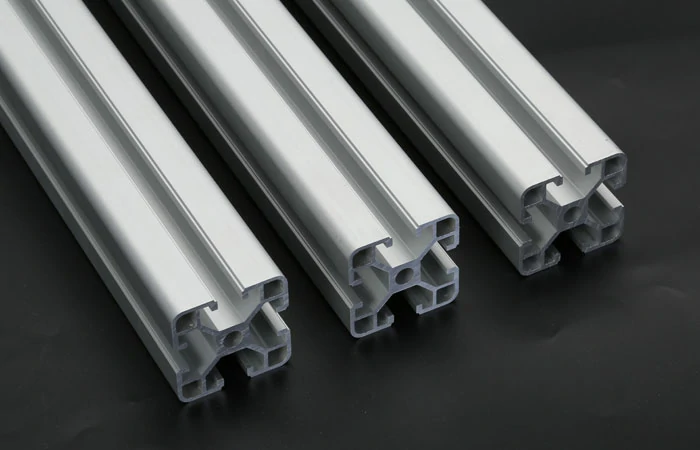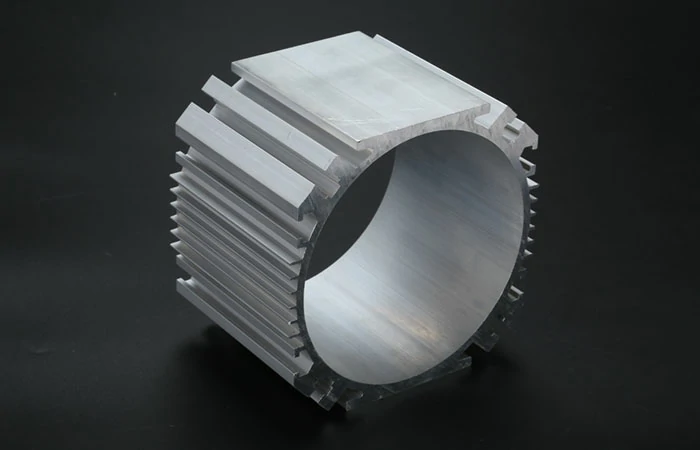The custom aluminum extrusion process is a complex and precise method of creating custom shapes and designs from aluminum alloy. This process involves forcing heated aluminum alloy through a die to create a specific shape or profile, which can be tailored to meet the specific requirements of a wide range of applications. In this article, we will explore the custom aluminum extrusion process in detail, including the various stages involved and the benefits of this manufacturing method.
The Initial Design Stage
The custom aluminum extrusion process begins with the initial design stage, where the desired shape and design of the extrusion are created. This involves working closely with a manufacturer to ensure that the specifications and requirements of the project are met. The design stage is critical, as it sets the foundation for the entire extrusion process.

Tooling and Die Creation
Once the design has been finalized, the next stage is the creation of the tooling and die. The die is a metal mold that is used to shape the aluminum alloy into the desired form. The tooling and die creation stage is a critical part of the extrusion process, as it requires a high degree of precision and accuracy to ensure that the final product meets the required specifications.
Billet Preparation
The next stage of the extrusion process is billet preparation. A billet is a large block of aluminum alloy that is used as the raw material for the extrusion process. The billet is cut to the required size and heated to a high temperature to make it soft and pliable.
Extrusion
The extrusion stage is where the heated aluminum alloy is forced through the die to create the desired shape and design. This stage requires a high degree of pressure and temperature control to ensure that the final product meets the required specifications.
Cooling and Stretching
After the extrusion stage, the aluminum alloy is cooled and stretched to relieve any stresses that may have developed during the extrusion process. This stage is critical, as it helps to prevent warping or distortion of the final product.
Cutting and Finishing
The final stage of the extrusion process is cutting and finishing. The extruded aluminum alloy is cut to the required length and finished with a variety of techniques, such as anodizing, powder coating, or painting.
Benefits of Custom Aluminum Extrusion
The custom aluminium extrusion process offers a number of benefits, including the ability to create complex shapes and designs that would be difficult or impossible to produce using other manufacturing methods. This process also allows for a high degree of customization, making it an attractive option for businesses looking to create tailored solutions for their specific needs.

Working with an Experienced Manufacturer
To ensure that the custom aluminum extrusion process is successful, it is essential to work with an experienced manufacturer who can guide you through the process and ensure that the final product meets the required specifications. Researching the manufacturer’s experience, capabilities, and customer reviews can help to ensure a successful partnership.
Conclusion
In conclusion, the custom aluminum extrusion process is a complex and precise method of creating custom shapes and designs from aluminum alloy. By understanding the various stages involved in this process, businesses can take advantage of the many benefits that custom aluminum extrusion has to offer. Whether you are working on an architectural feature, industrial equipment, or consumer product, custom aluminum extrusion can help bring your vision to life.